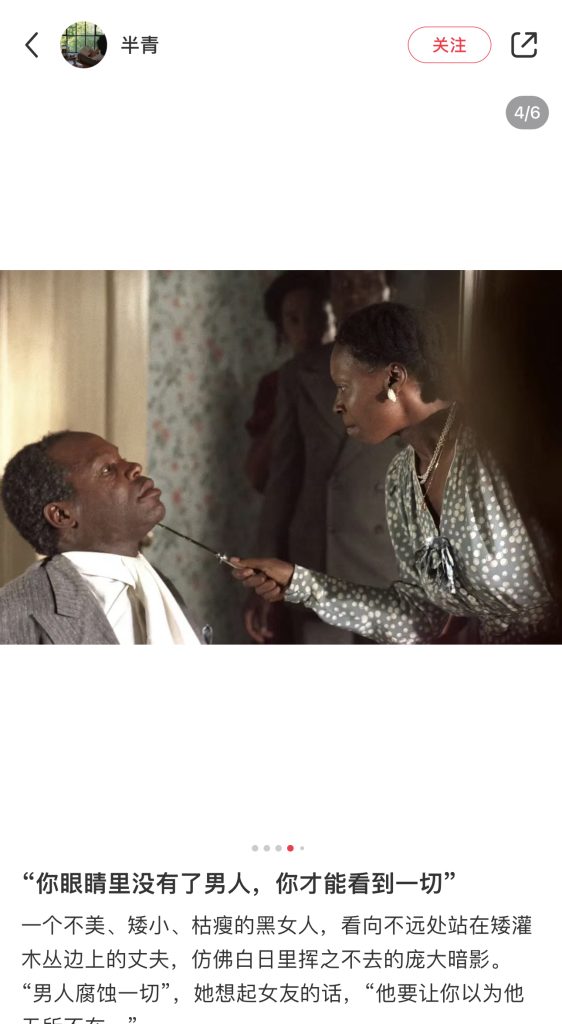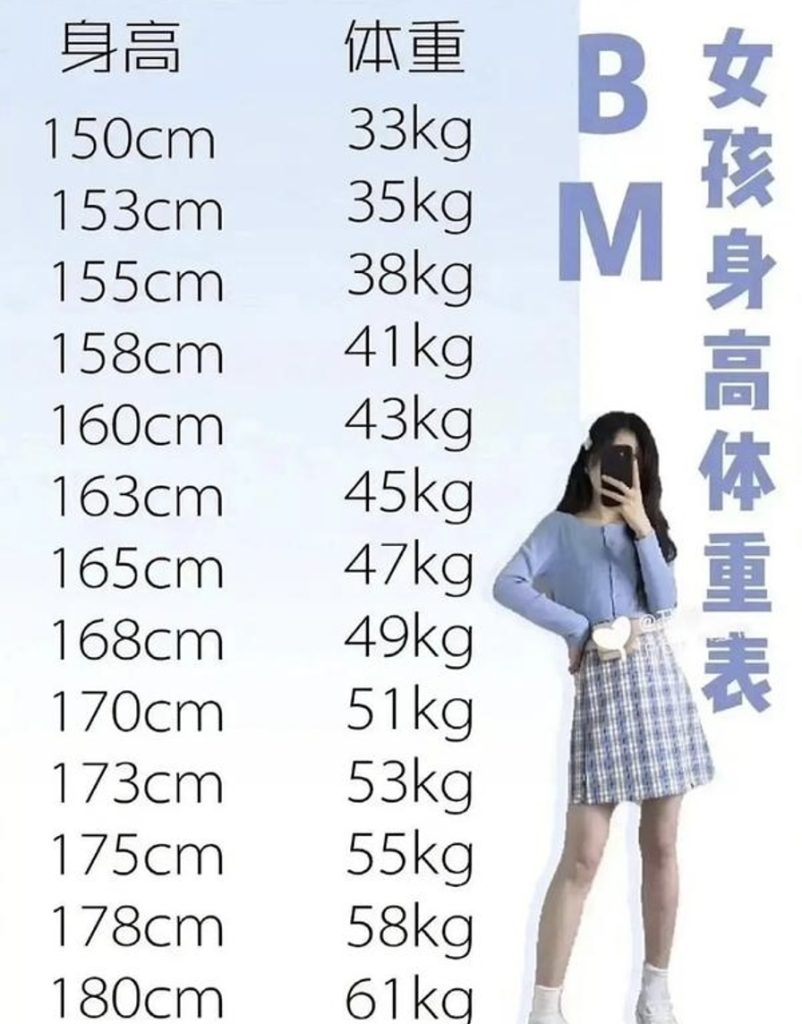RED(little red book) is one of the fastest-growing and hottest social media platforms in China, founded in 2013 and valued at more than 3 billion, focusing on products, lifestyle, and shopping (Wan, 2022). However, RED is more than just a platform used to share one’s life. Initially, it was seen as a product review site where many KOLs and KOCs actively interacted and shared their shopping experiences. Over time, RED evolved into a platform used for personal branding. Users began to actively market their personal image, and anyone could find all kinds of information they needed in the images or videos shared by social media influencers. This content covered many topics, including cosmetics, fitness, weight loss, education, cooking, and more. Today, RED has grown into a diverse social media giant where everyone can share experiences and promote products to a huge audience. Feminism in RED has been slowly rising in the last two years, 80% of RED users are women, and about 90% of them are under the age of 32. The large number of female users has led to a great deal of conversation about the beauty industry in RED, as well as a lot of feminist creators using the platform to emphasize the importance of women’s affirmative action. The topic of this essay is: what RED means for feminism.
RED: Empowering Women’s Voices and Fostering Feminism in a Patriarchal Society.
In patriarchal societies, women’s voices are often not heard and women’s demands are always ignored, on the one hand, if women are seen in all their glory, a part of the male population will be pressurized, they as vested interests of course do not want feminism to rise, on the other hand is that, women really do not have good platforms, and RED’s emergence is the best opportunity to give a voice to feminism. RED’s female creators take up a large proportion, they post comprehensive topics about women’s lives, every girl can find a suitable post in RED when they don’t know what products to use, and they can share it again with others, all users are both participants and evangelists, in addition, RED influencers are also very concerned about women’s mental health. They tell women how to cope with sexism and workplace challenges. For example, according to Lee (2023), Zhang was a self-policing woman who was born into a very conservative and patriarchal family that made her think it was her fault even when she was abused by her boyfriend when she saw a feminist influencer’s posting one night in 2021 about calling for women to become “selfish ” and that women owe no one anything. After Zhang read the post, she was deeply shocked, and as she got deeper into it, she realized that she needed to make a real change, so she smashed all of her makeup, shaved her head, changed her major in college, left her boyfriend, and the point is, she posted it all on RED, calling on all women to stop living by society’s rules and regulations, Zhang is a participant, she both receives the message and spreads it. Zhang is a participant who both receives and spreads the message, and there are more and more women like Zhang in China who are inspired by the Internet. RED is significant for women here, as it is a place where women can release the repression of their daily lives, and where women creators have a platform to express themselves and receive respect and support as human beings.
Balancing Personalization and Diversity: The Information Cocoon on RED and Its Impact on Feminism.
Although RED is a great contribution to feminism, social media has a cocoon of information, people seem to have a variety of choices on the platform, but in fact, the choices are limited, the algorithm makes recommendations based on the user’s favorite content, and people usually only focus on what they are interested in. For example, if a person is only concerned about how to cook, then social media will often recommend cooking methods. In the face of countless information, the platform’s personalized recommendations do provide convenience, but if people do not take the initiative to search for other information, such as feminism, they can only be passive and wait for information to appear. And the information cocoon will lead to people’s stubborn way of thinking. Usually, most men will not actively search for posts about feminism in RED, and some men are so stubborn in their patriarchal thinking that they may still believe that housework should be done by women until now, and this part of the population, even if they occasionally see a feminist post, will turn a blind eye to it or remain biased because of their own lack of empathy. RED can actually take steps, such as improving its algorithm, so that users can be exposed to a wide range of information such as feminism even if they don’t actively search for it, instead of focusing solely on the platform’s own revenue, and big social media platforms need to have a sense of social responsibility.

RED and the Influence of Stereotypes: Navigating Gender Roles and Body Image in the Digital Age.
In the context of the information environment that dominated the late 20th century, decentralization emerged, bringing about profound changes in the way we view the world (Benkler, 2006). Like many social media outlets, RED has some stereotypes because of its vibrant posts about beauty and fashion, leading to the possibility of subconsciously believing that women should be as delicate, perfect, and ripped as those KOLs. There is a term called BM girls in China, which means that only exceptionally thin women can fit into Brandy Melville’s clothes, and girls lose weight like crazy because the brand only offers the size-smaller sizes that look like small children, and RED used to have a picture that was particularly hot, referring to the “Ideal Weight Chart for BM Girls” . However, these are actually the stereotypes given to people by patriarchal society, unadorned and put down on the internet, such as women should focus on dressing up and losing weight, and men should be brave and strong. The firestorm of the BM girls’ standard weight may reflect the bias of the algorithms, even though RED is a platform with a majority of female users, the algorithms of the creation team still lack diversity, and the government can only make a decision when there is an obvious criminal behavior, such as rumor-mongering, can only be regulated. With platforms acting in their own self-interest and limited government regulation, feminist influencers should use RED for self-promotion.

In the Internet of the 21st century, there is no completely free environment. Internet services exhibit great uncertainty and disruption in all aspects but are also more open to promoting innovation (Quiggin & Potts, 2008). For contemporary Chinese women, RED undoubtedly provides an excellent platform. While there are some content and ideas on RED that may reinforce gender stereotypes and make women feel the need to conform to traditional gender roles and societal expectations. However, there is also a lot of content that aims to promote gender equality and challenge gender stereotypes. Users should try to follow and support content creators who advocate for gender equality and inclusivity when viewing and engaging with content on the RED platform, thereby positively shaping the social media environment.